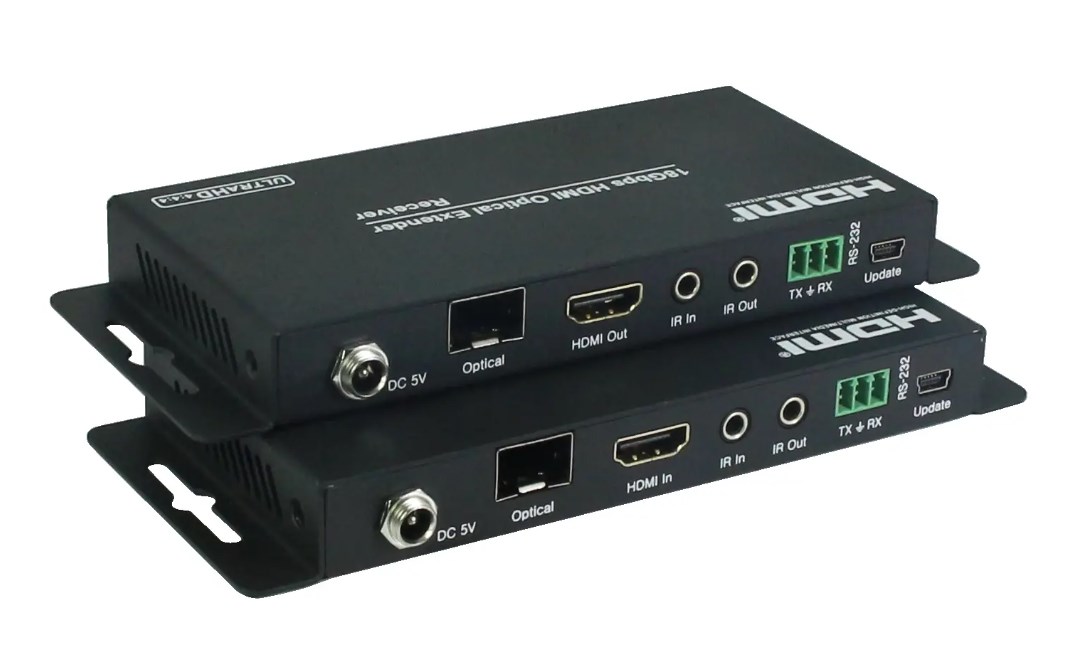By PURPLELEC | 28 April 2024 | 0 Comments
How KVM extenders work
KVM extenders are used primarily in situations where computers need to be controlled remotely—in a variety of environments. The most common reasons for using KVM extenders are to improve user comfort and safety, to centralize equipment for security and maintenance purposes, and to enable or improve teamwork.
More and more workplaces are adopting KVM extenders to make the workplace more ergonomic. Workstations that generate a lot of heat and noise are moved to server rooms, where there is more space and a more comfortable environment. If users need to use more than one system, using KVM extension technology combined with a switching solution can make the desktop tidier because multiple computers can be controlled with one monitor, keyboard, and mouse.

A KVM extender consists of a pair of transmitters and receivers. The transmitter is placed next to the computer system, and the receiver is placed at the remote user site. The two devices communicate via copper cable (such as CAT5e) or fiber optic cable.
The KVM transmitter unit collects the computer's input/output (I/O) signals. The most common signals are video, audio, and USB control signals. Some models can also extend RS232 and infrared (IR) signals. The KVM extender encodes these signals and transmits them using a patented or Internet Protocol (IP) to the KVM receiving unit, which decodes the signals and drives peripherals such as monitors, keyboards, mice and speakers. With an IP KVM extender, the signals are transmitted as network packets over a standard network infrastructure. KVM solutions are used in control rooms across a wide range of industries to improve safety, ergonomics and teamwork, from industrial control rooms to military and defense command centers, airport management, transportation, emergency dispatch centers, post-production, broadcast, education and healthcare.
Leave a Reply
Your email address will not be published.Required fields are marked. *
CATEGORIES
TAGS